So instead of just past midnight on March 13, 2011, the water may have stopped 6 hours earlier, on the night of March 12, 2011, a few hours after the Reactor 1 building blew up in an hydrogen explosion (which may have happened on the 4th floor instead of the 5th, top floor).
From Yomiuri Shinbun (3/24/2013):
3号機注水、12時間途絶か…解析やり直しへ
Water injection into Reactor 3 may have stopped for 12 hours, analysis to be redone
2011年3月の東京電力福島第一原子力発電所事故の際、3号機の原子炉への冷却水注入が途絶えた「注水の空白」は約12時間に及んでいた可能性が、東電などの調査で明らかになった。
It has been revealed by analysis by TEPCO and others that the blank in water injection into the Reactor 3 RPV may have been 12 hours in March 2011 in the Fukushima I Nuclear Power Plant accident.
3号機の「注水の空白」は従来、3月13日未明から6時間半とされていたが、当時の運転員が記録した水位データが昨秋、新たに判明し、最大で約6時間早い12日夜には注水が止まっていた恐れが出てきた。
The blank in water injection into Reactor 3 is said to have been for 6.5 hours starting in the early hours of March 13, 2011. However, the data on water levels recorded by the operator at that time surfaced in fall last year, which shows the water injection may have stopped max 6 hours earlier, on the night on March 12, 2011.
東電はこれまでの解析で、3号機の炉心溶融は13日朝に始まったとしてきたが、注水が早く停止したという新しい条件に基づき、解析をやり直す方針。その結果次第では、放射性物質の拡散状況を推定する前提条件が変わる可能性もある。東電の調査に関して、政府の事故調査・検証委員会は昨年7月の最終報告書で「事故の解明は不十分で、検証すべき論点やデータが残っている」と指摘していた。
TEPCO's current analysis shows the core melt of Reactor 3 started in the morning of March 13, 2011. The company plans to redo the analysis based on the new condition that the water injection may have stopped earlier. Depending on the result of the new analysis, it is possible that the conditions to estimate the dispersion of radioactive materials will change. Regarding TEPCO's investigation [of the accident], the independent accident investigation commission set up by the Cabinet Office pointed out in the final report issued in July last year that "the investigation of the accident is not enough, and there are issues and data still to be studied".
All I can say is that the investigation commission is correct.
Even though there was no MOX fuel in the Reactor 3 Spent Fuel Pool at the time of the accident, it was in the Reactor Pressure Vessel, being used in generating power.
Back in May 26, 2011, Mainichi English reported that TEPCO admitted the pipe connected to the High Pressure Coolant Injection system (HPCI) for the Reactor 3 probably broke during the earthquake (see my post on that day).
On March 13, 2011 at 12:55PM, TEPCO discovered that 1.9 meter of the fuel rods in Reactor 3 were exposed, and at 1:12PM they started to pour seawater into the RPV (see my post that day). Well, that 1.9 meter exposure was false, in retrospect.
Earlier that day, the emergency battery power ran out for the High Pressure Coolant Injection System, and the system shut itself down at 2:44AM. At 4:15AM, the fuel rods started to get exposed as the water in the container started to boil and water level started to go down. Nuclear emergency was issued on 6AM. (See my post from that day.)
Now, TEPCO is saying the water may have stopped much earlier than 2:44AM on March 13, 2011 when the HPCI stopped. Or are they saying the HPCI itself stopped much earlier? Or are they saying water ran out (as the pipe to the HPCI had been broken in the earthquake) before the HPCI stopped?
I'm looking forward to TEPCO's new and improved analysis. I want to know the true timeline of events, which is clear as mud after more than two years since the start of the nuclear accident.
Whether you like it or not, TEPCO remains unfortunately the only source of information when it comes to Fukushima I Nuke Plant.


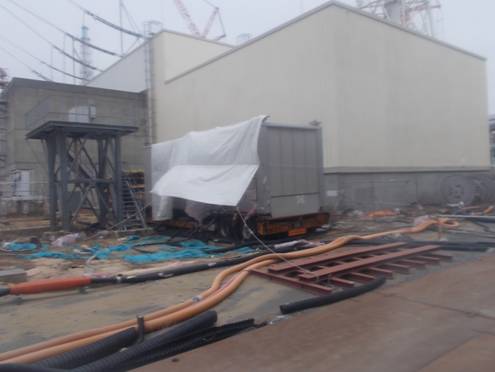
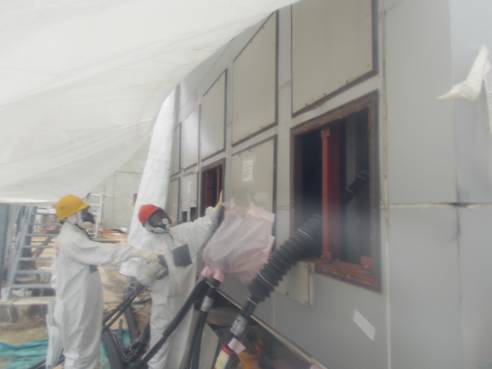
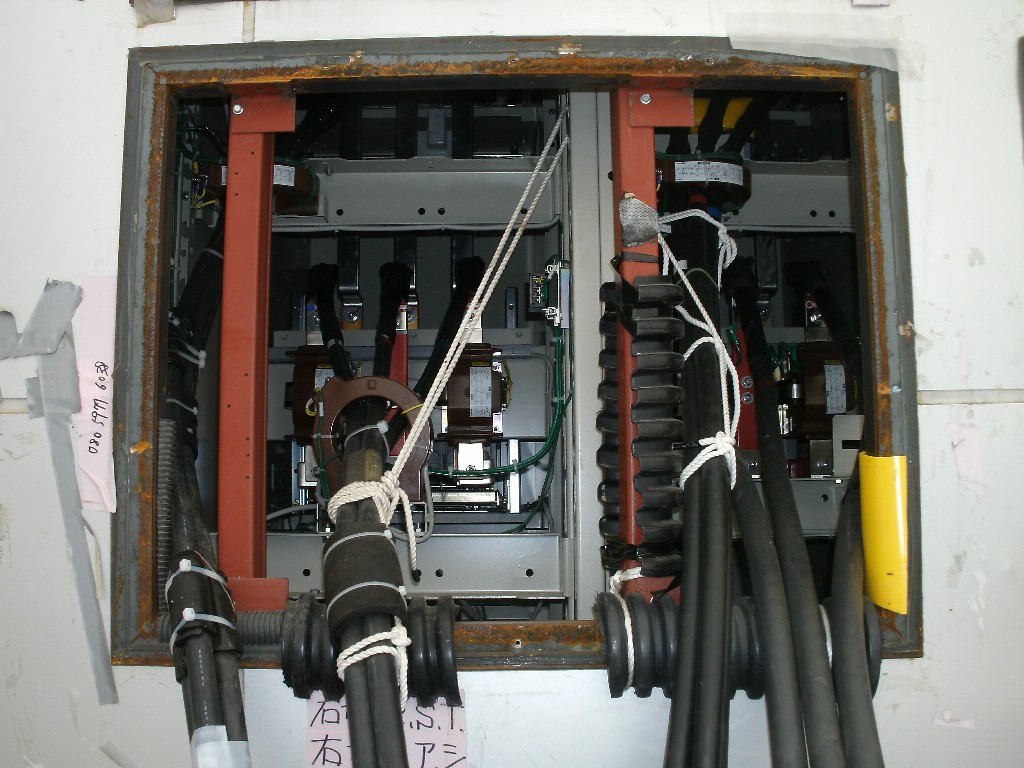
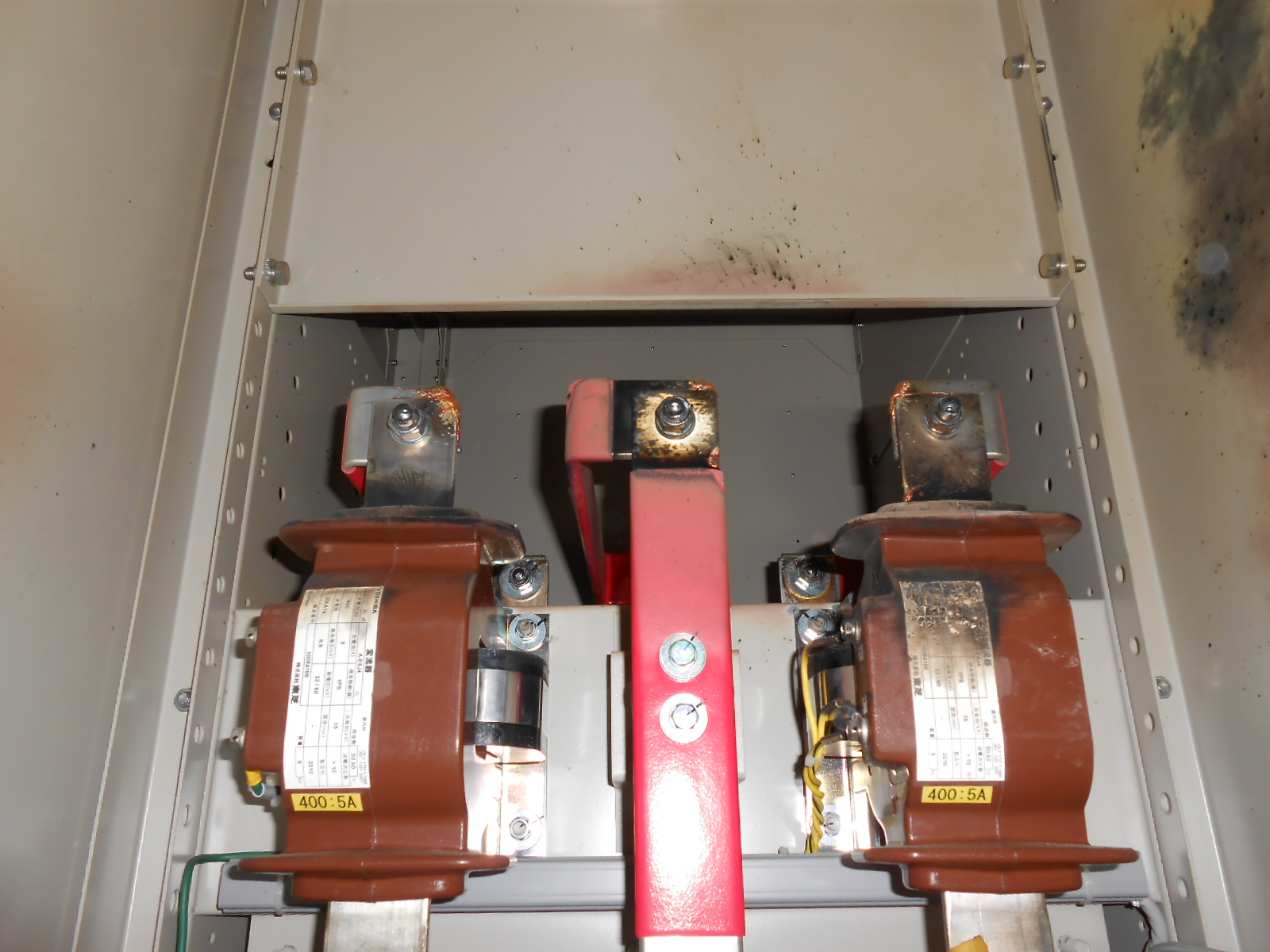
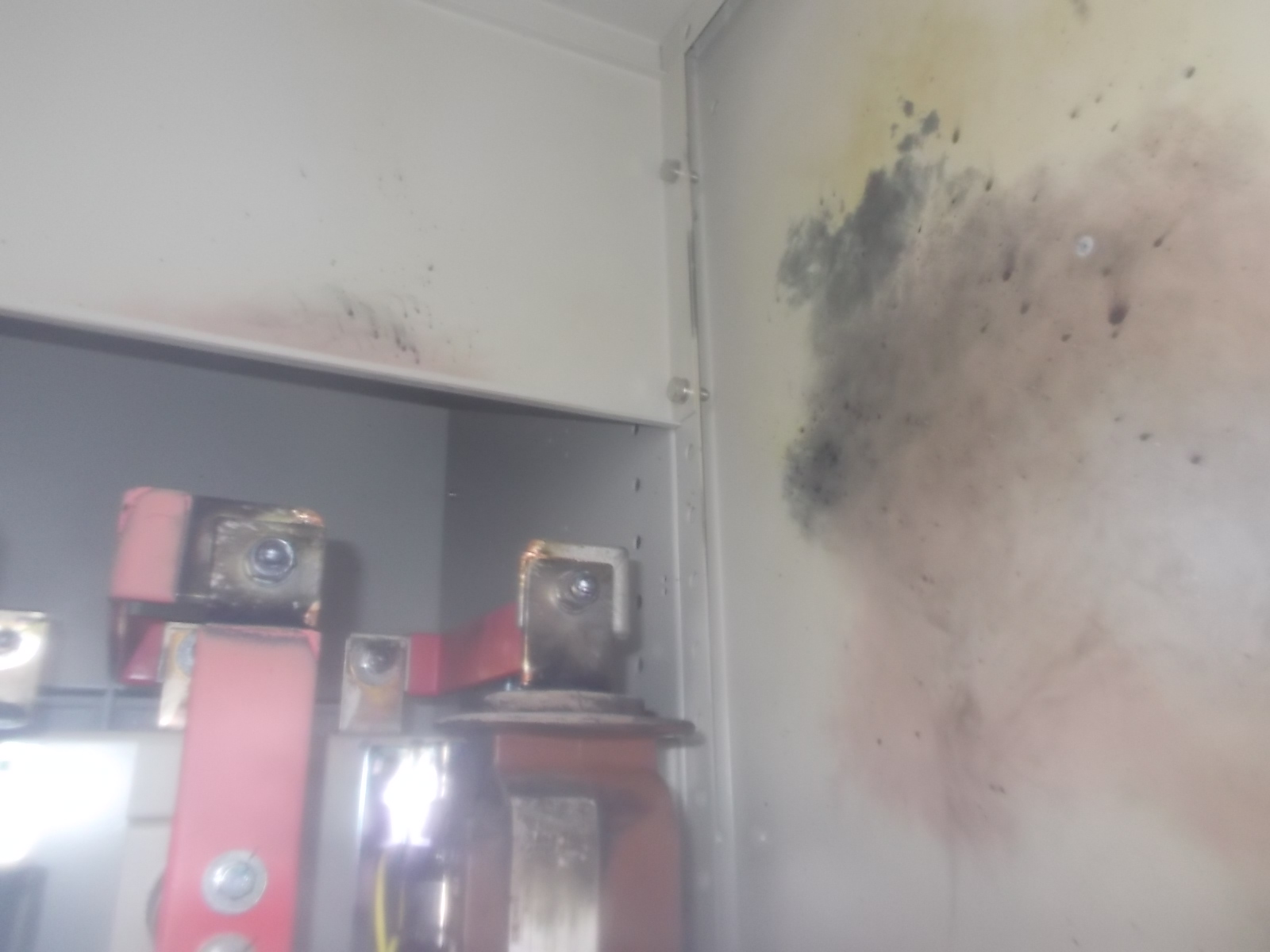
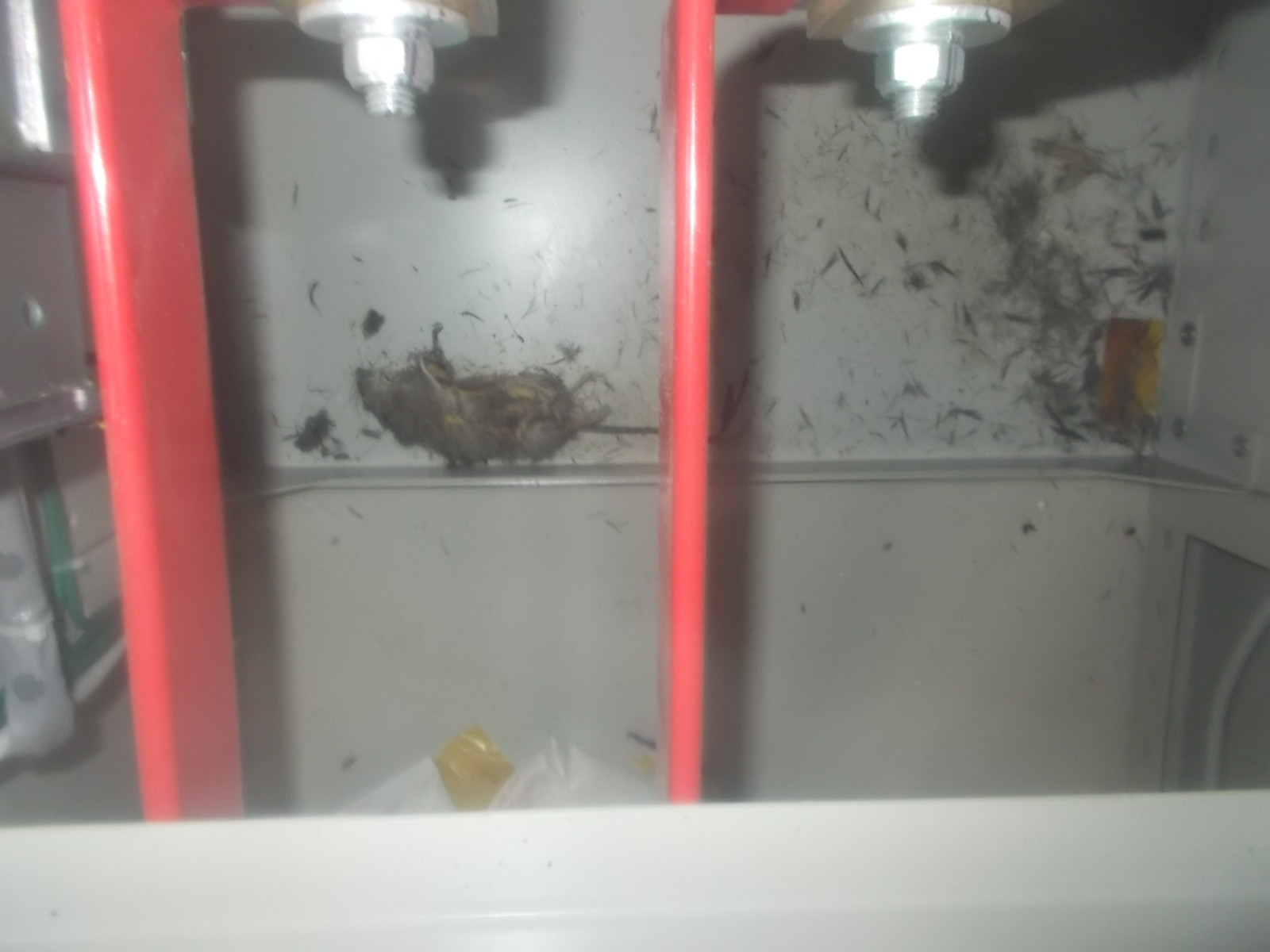

 Tokyo Time
Tokyo Time
![[Most Recent Quotes from www.kitco.com]](http://www.kitconet.com/charts/metals/gold/t24_au_en_usoz_2.gif)


